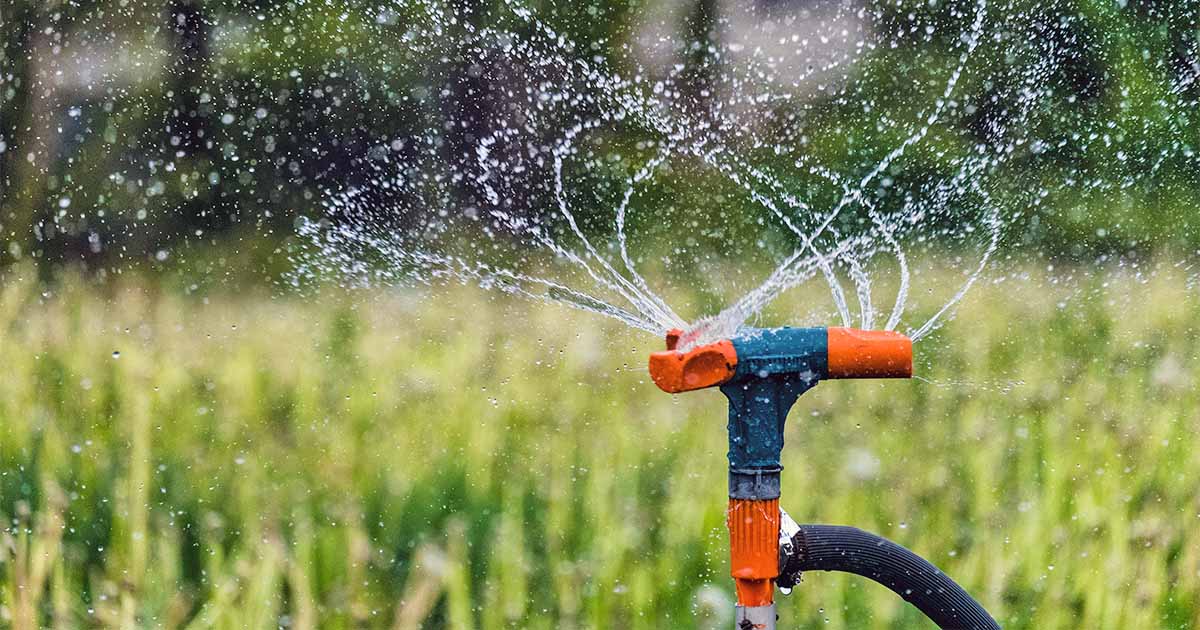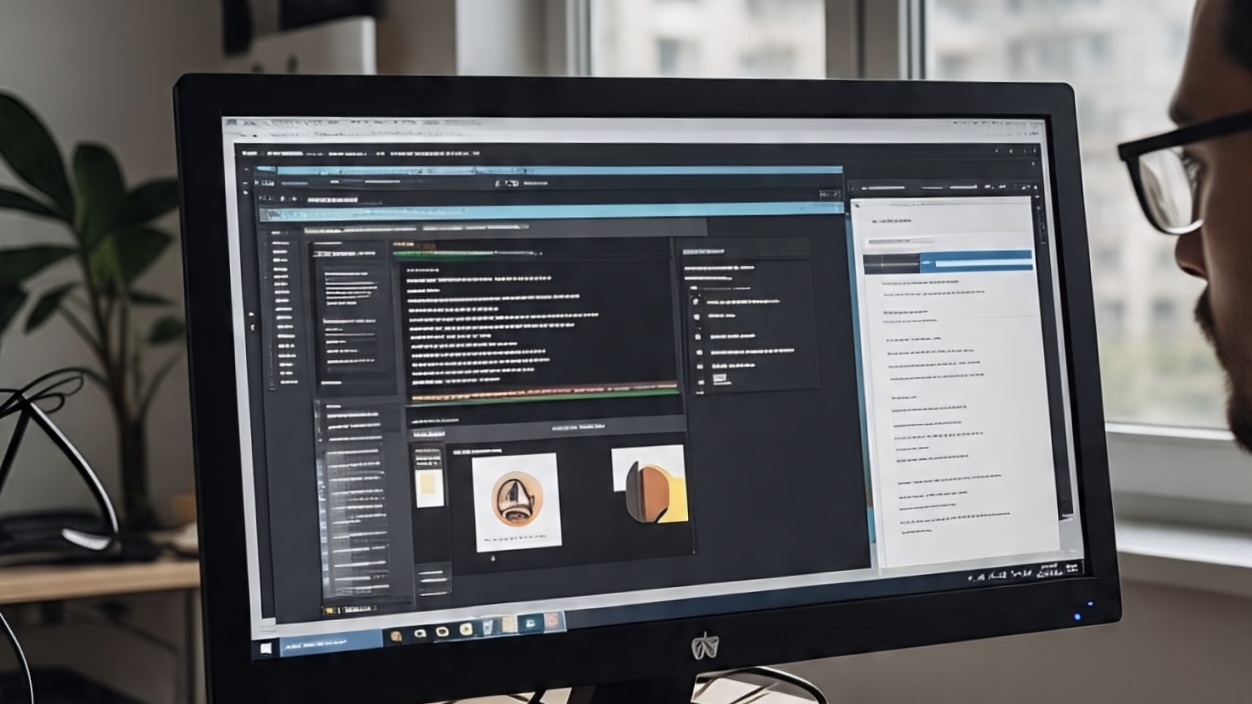When it comes to maintaining a healthy, thriving garden or landscape, proper irrigation is key. Without it, plants can struggle, leaving your outdoor space looking less than its best. Installing an irrigation system is a smart investment, but choosing the right one requires careful consideration. Before you begin the installation process, there are several factors you need to think about. In this blog post, we’ll guide you through the important steps to help you select the right irrigation system for your needs.
1. Understand Your Landscape’s Needs
Before making any decisions, it’s crucial to assess your landscape and determine its unique watering needs. Consider the following factors:
- Size of the Area: Larger lawns or gardens may need more extensive irrigation systems, such as sprinklers or drip irrigation, to ensure that water reaches every corner.
- Plant Types: Different plants have different watering needs. For example, some plants, like succulents, require very little water, while others, such as vegetables, may need frequent, deep watering. Understanding your plants’ needs is essential to prevent overwatering or underwatering.
- Soil Type: The type of soil in your garden affects how water drains. Sandy soils tend to drain quickly, requiring more frequent watering, while clay soils retain water, meaning they may not need to be watered as often. Knowing your soil type will help you determine the flow rate and system design needed.
Additionally, if you’re considering excavation or needing precise digging for installation, hydrovac services in Colorado can provide a safe and efficient solution. Hydrovac trucks use high-pressure water to break up soil and vacuum it away, creating minimal disruption while safely exposing utility lines or prepping areas for your irrigation system installation.
2. Consider Watering Efficiency
Water conservation is a significant consideration, especially in areas where water restrictions may be in place or during hot, dry seasons. Choosing an efficient irrigation system can save you money and help reduce water waste. Some irrigation options are more efficient than others:
- Drip Irrigation: This system delivers water directly to the base of plants through small, flexible tubes with emitters. It’s ideal for flower beds, vegetable gardens, and trees, as it minimizes evaporation and runoff.
- Sprinkler Systems: While traditional sprinklers can cover large areas, they are more prone to water loss through evaporation and runoff. Opt for a sprinkler system with a timer and adjustable nozzles for more control and efficiency.
- Smart Irrigation Controllers: These devices adjust watering schedules based on weather patterns and soil moisture, ensuring that your system operates only when necessary. They help optimize water usage and reduce waste.
3. Choose Between Automatic vs. Manual Systems
Irrigation systems come in two main types: automatic and manual. The right choice depends on your personal preference and lifestyle.
- Automatic Systems: These are more convenient and efficient, as they operate on timers, ensuring that your plants get watered consistently without requiring your attention. Some systems can even be controlled remotely via smartphone apps.
- Manual Systems: If you prefer to water your garden by hand or want more control over when and how much water your plants receive, manual irrigation systems might be a better fit. While they require more effort, they allow for flexibility and customization.
4. Evaluate the Water Source
Your irrigation system’s water source plays a significant role in how the system will be designed. The two most common water sources are:
- Municipal Water: If your home or business is connected to city water, you may be limited by water pressure and flow rates. Make sure your irrigation system can accommodate the pressure available and that it’s efficient enough to handle the entire landscape without wasting water.
- Well Water: For properties with a well water system, it’s important to assess the pump’s capacity and whether it can handle the demands of an irrigation system. Depending on your well’s flow rate, you may need a larger pump or pressure tank to provide adequate water pressure.
If your water source has high mineral content or is hard, you may need to install a filtration system to prevent clogging in your irrigation system.
5. Select the Right System Components
Irrigation systems consist of several key components that need to work together to deliver water efficiently. Some of the most important parts include:
- Pipes and Tubes: Pipes carry water from the main source to the emitters. Choose high-quality, durable pipes that can handle the pressure of the water and won’t crack or leak over time.
- Emitters: These are devices that deliver water directly to your plants. Drip emitters are great for garden beds, while sprinkler heads are ideal for lawns and large open areas.
- Valves and Timers: Timers help automate your watering schedule, while valves control the flow of water to different zones of your landscape. Ensure your system includes both to ensure optimal efficiency.
6. Consider Your Budget
Irrigation system costs can vary widely depending on the size and complexity of your setup. While drip irrigation systems tend to be more affordable and efficient, large sprinkler systems with advanced features like smart controllers can be pricier. It’s essential to balance your needs with your budget.
Additionally, keep in mind that while an automatic system might have a higher upfront cost, it can save you time and money in the long run by reducing water waste and maintaining your landscape more effectively.
7. Consult a Professional or DIY
Finally, once you’ve considered all the factors above, you’ll need to decide whether you want to install the irrigation system yourself or hire a professional.
- DIY Installation: If you’re handy and the system is relatively simple, installing your irrigation system yourself can save you money. There are plenty of online guides and videos to help with the installation process.
- Professional Installation: For more complex systems or if you want to ensure that the system is installed correctly, hiring a professional irrigation installer is a great option. They’ll have the expertise to design and install the system in the most efficient manner, ensuring optimal performance.
In Conclusion
Choosing the right irrigation system requires careful planning, from understanding your landscape’s needs to selecting the most efficient system for your water source and budget. By considering all of the factors outlined above, you can make an informed decision and ensure that your irrigation system keeps your garden lush, healthy, and water-efficient for years to come. Whether you choose a manual system for more control or an automated one for convenience, the right irrigation system can make all the difference in maintaining a beautiful landscape.





